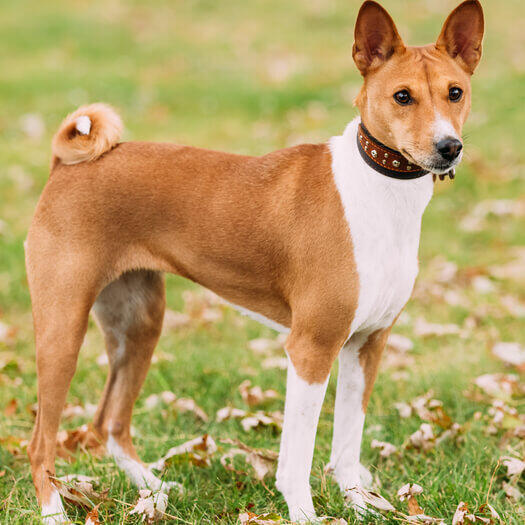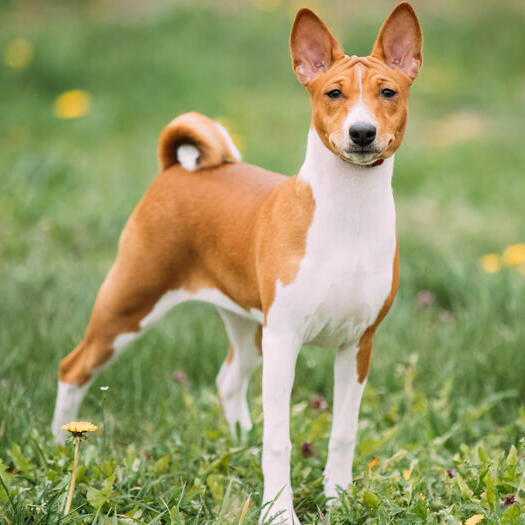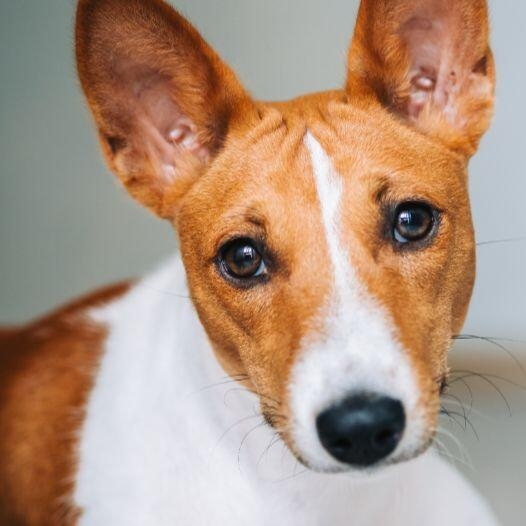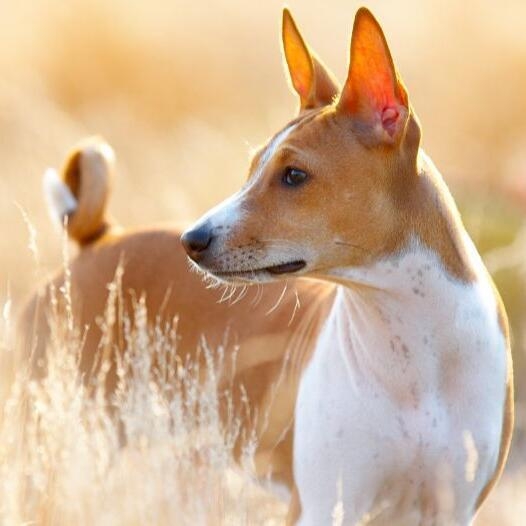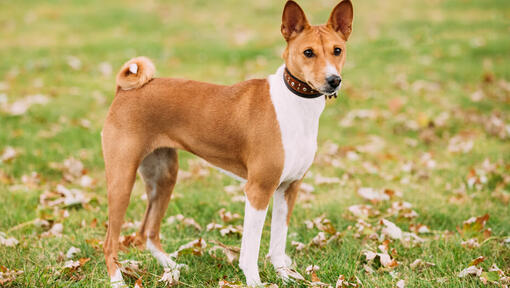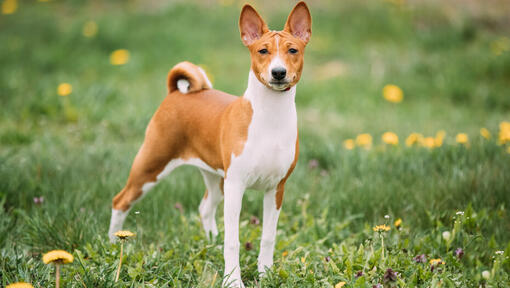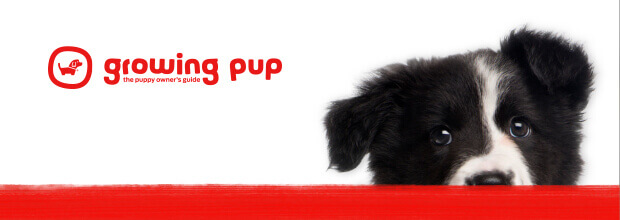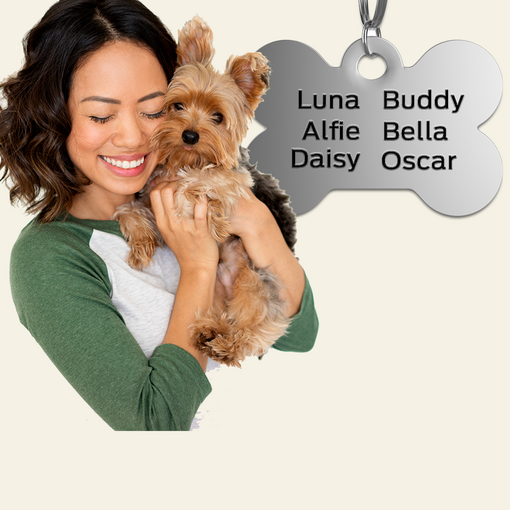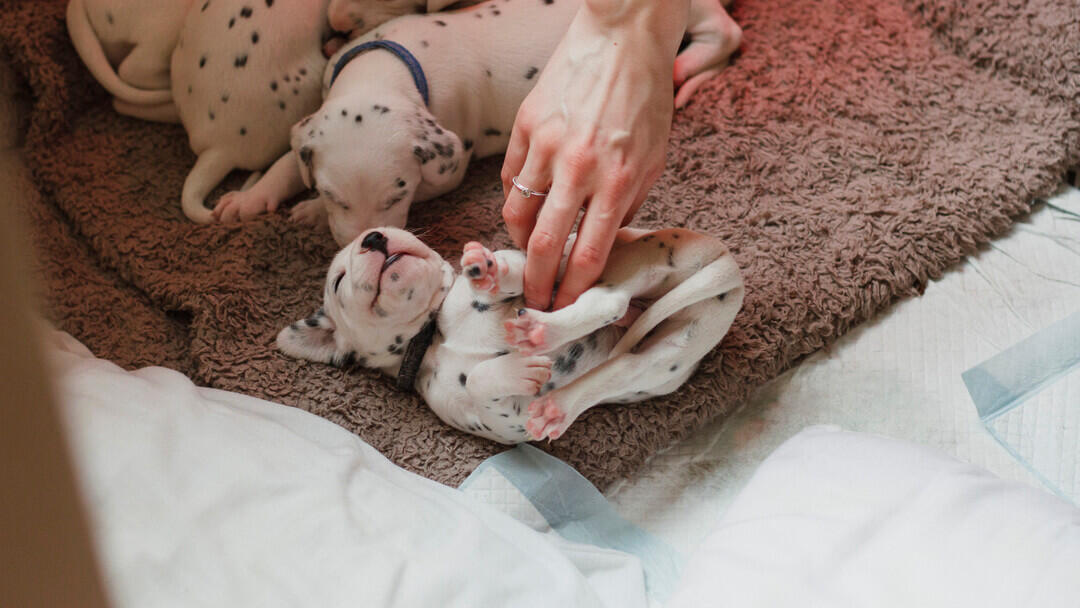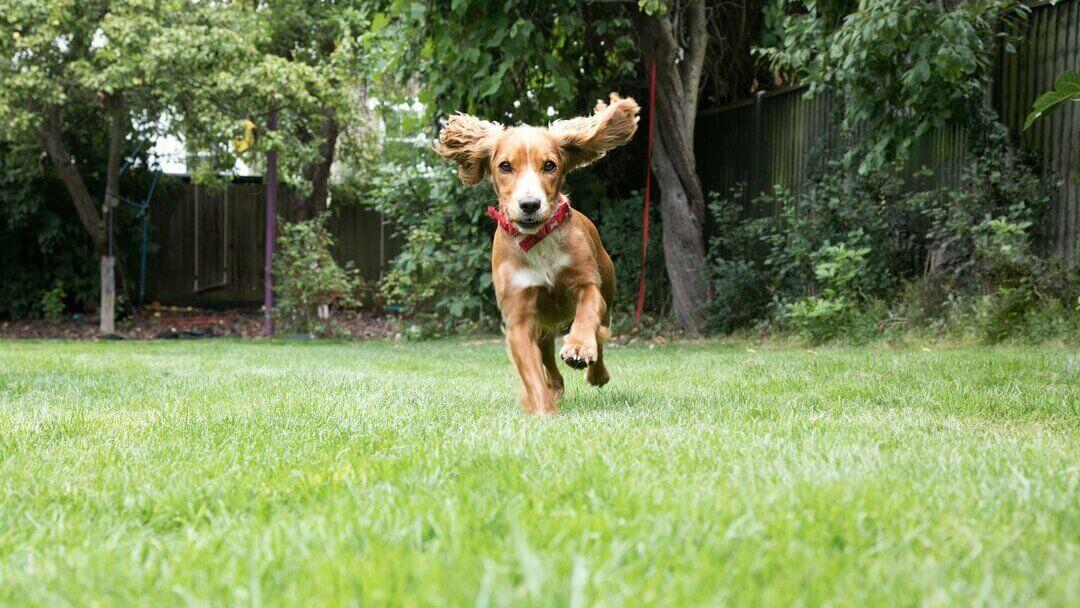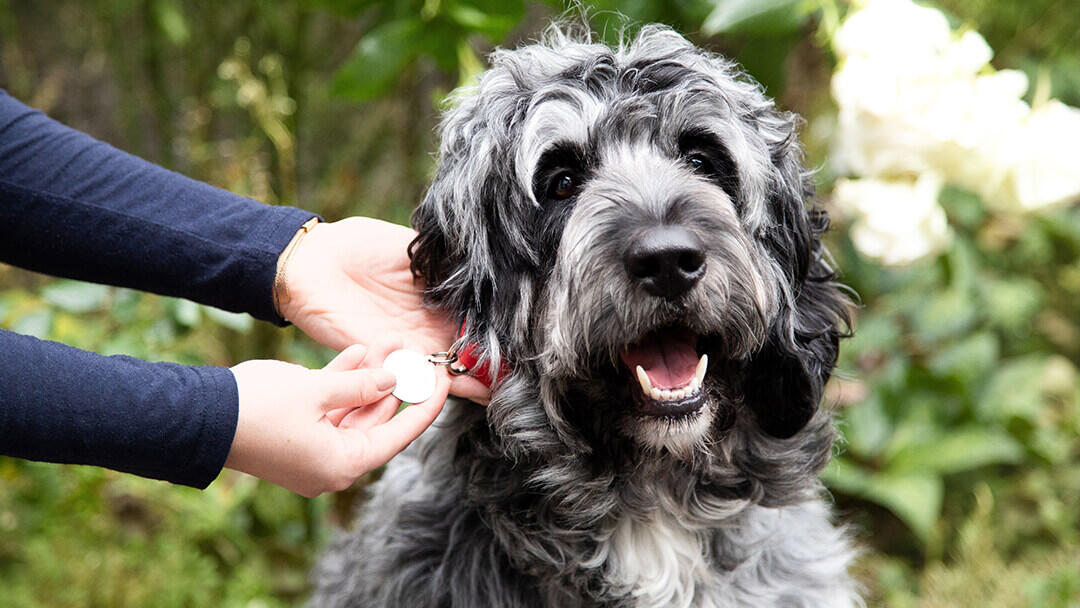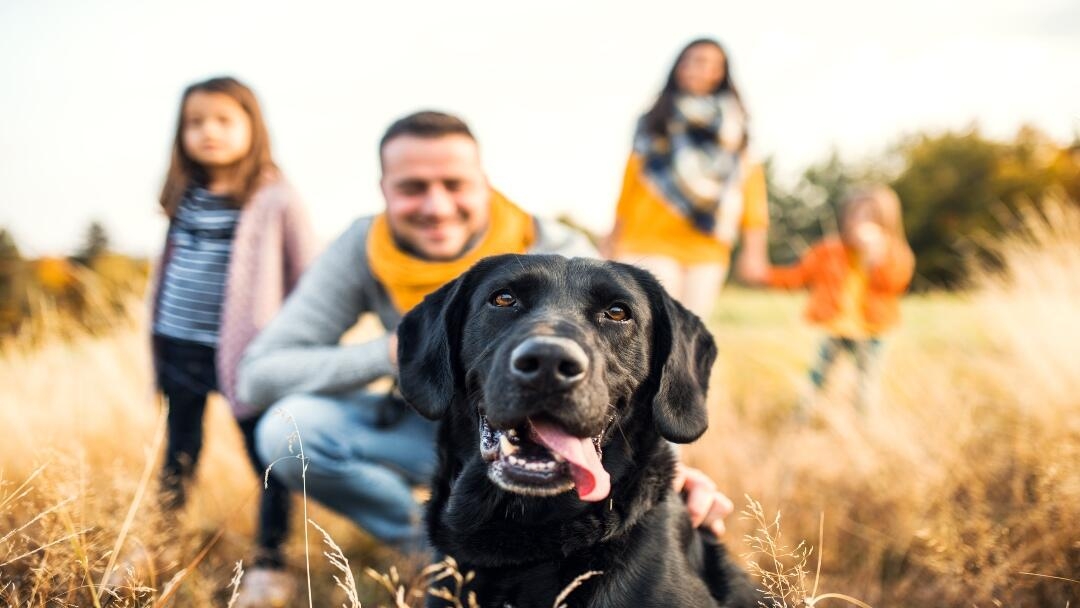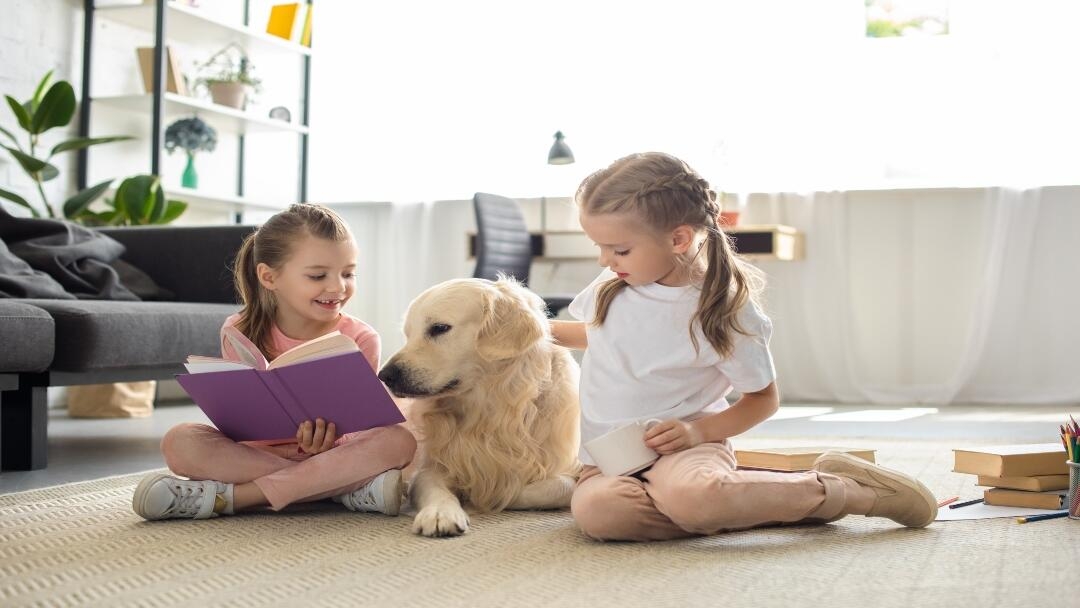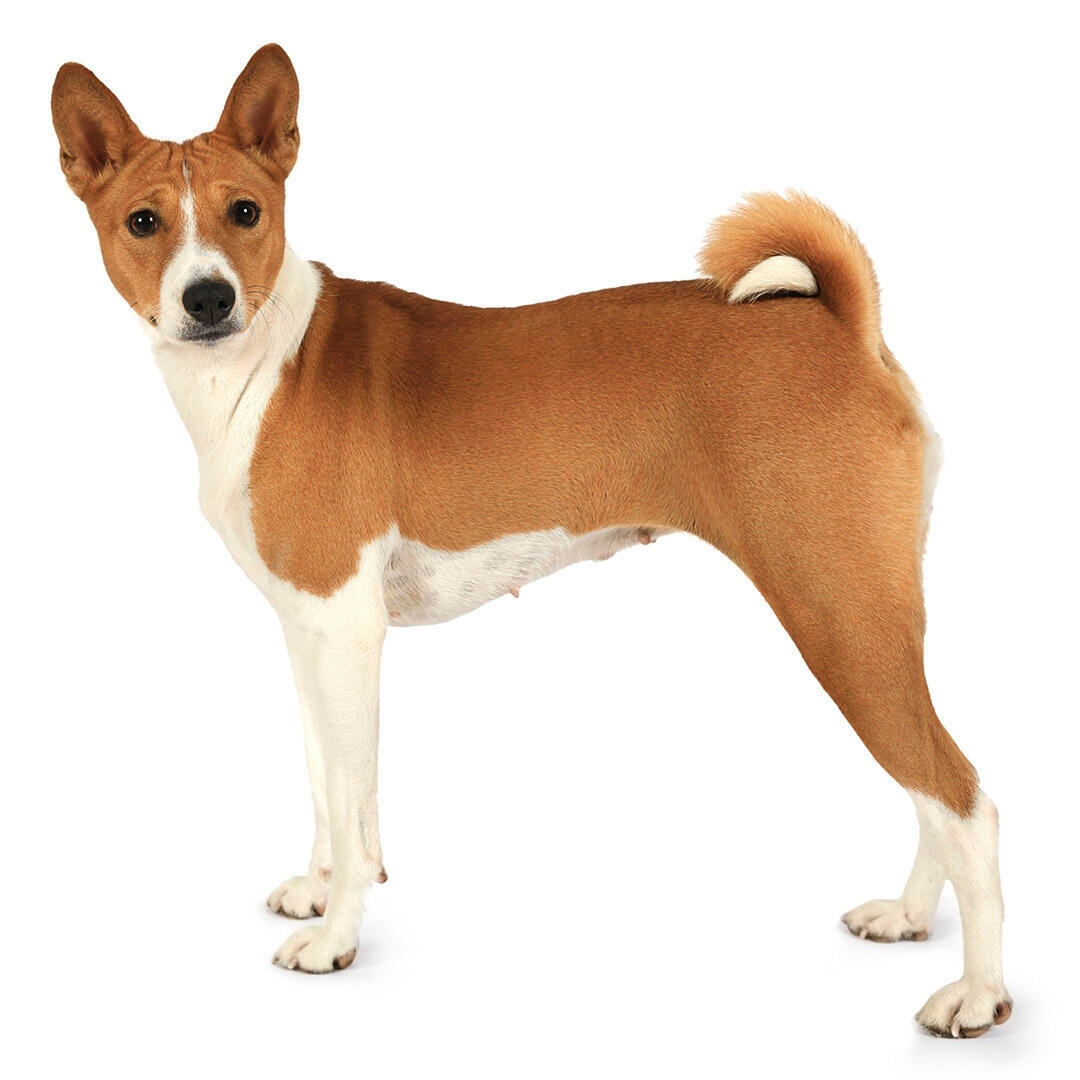
Basenji are high-spirited and endlessly curious, and are highly companionable with their owners rather than affectionate. They are charming and sometimes clownish but are also often aloof, independent and self-contained. They do not like being left alone and can often be highly destructive. Basenji dogs are unlikely to be safe with small furry animals and even cats should be introduced with care. Reserved with human strangers and sometimes unfriendly towards other dogs, they are fascinating but rather specialist companions.
